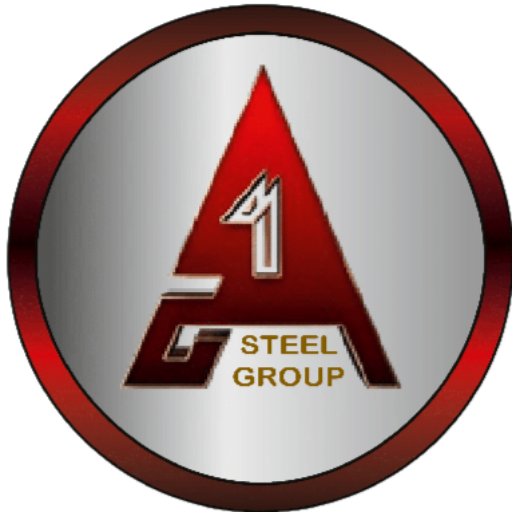Evolving with technological advancements in India’s steel industry is reshaping how companies manufacture, distribute, and innovate. As India’s infrastructure expands and industries grow, the need for high-quality steel continues to rise. With advanced technologies, the sector is achieving greater efficiency, productivity, and sustainability. These changes are influencing steel manufacturers in Bangalore, a key hub for steel production in the country.
Automation and Smart Manufacturing
One of the most significant shifts is the introduction of automation. From production lines to inventory management, automation is minimizing human error and reducing production costs. Many TMT bar manufacturers in Bangalore are integrating automated systems into their processes to ensure consistent quality and faster production cycles. Robotics, combined with artificial intelligence (AI), is helping streamline operations. For instance, predictive maintenance powered by AI helps detect issues before they cause major downtime, which boosts productivity.
Automation is also contributing to sustainability by improving energy efficiency. As the industry progresses, companies that are evolving with technological advancements can optimize their operations and reduce waste, contributing to a more sustainable future.
Digital Transformation in Steel Manufacturing
Another area where steel manufacturers in Bangalore are benefiting is the integration of digital technologies. This involves using data analytics, cloud computing, and the Internet of Things (IoT) to monitor and optimize manufacturing processes. IoT sensors, for example, can track every stage of production, providing real-time data to managers. This data allows them to make quick decisions, enhancing efficiency.
For TMT manufacturers in Bangalore, this digital transformation is vital for maintaining competitiveness in the market. By leveraging data, companies can gain insights into customer demands and adjust their production to meet evolving needs.
Sustainable Practices and Environmental Impact
The shift toward sustainability is also a critical aspect of the steel industry’s evolution. Many TMT bar manufacturers in Bangalore are investing in environmentally friendly practices, such as using recycled materials and reducing emissions during production. New technologies are allowing steel manufacturers to adopt cleaner processes, minimizing their environmental footprint. This commitment to sustainability not only meets regulatory requirements but also aligns with consumer expectations for responsible production.
Research and Development
Investments in research and development (R&D) are crucial for innovation in the steel sector, particularly for companies evolving with technological advancements. Manufacturers are exploring advanced materials, production techniques, and technologies that enhance the properties of steel products. For example, high-strength, lightweight steel is gaining traction in various industries, including construction and automotive. By focusing on R&D, steel manufacturers in India can remain competitive and responsive to market changes while driving innovation within the sector.
CONCLUSION:
The evolving with technological advancements in India’s steel industry reflects a commitment to innovation and sustainability. As steel manufacturers in Bangalore, TMT bar manufacturers in Bangalore, and other key players adopt advanced technologies, they are poised to enhance productivity, reduce waste, and improve product quality. With a focus on continuous improvement and modernization, companies like A One Steel Group are leading the way in transforming the landscape of steel production in India, ensuring that the industry is prepared for future challenges. By embracing these advancements, the steel sector is not only strengthening its position in the market but also contributing to the country’s economic growth.
Click here to know more about “The Rise and Evolution of the Indian Steel Market: A Global Perspective”



